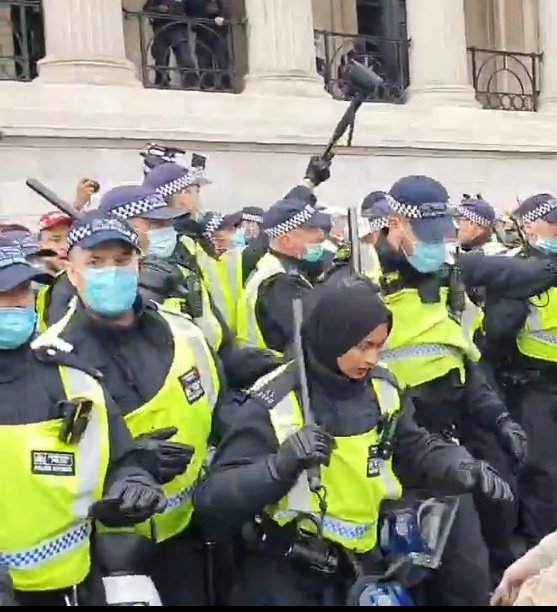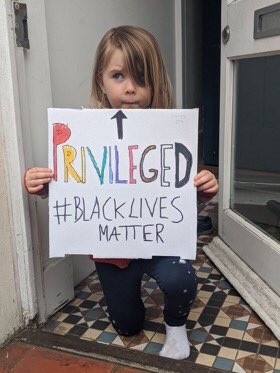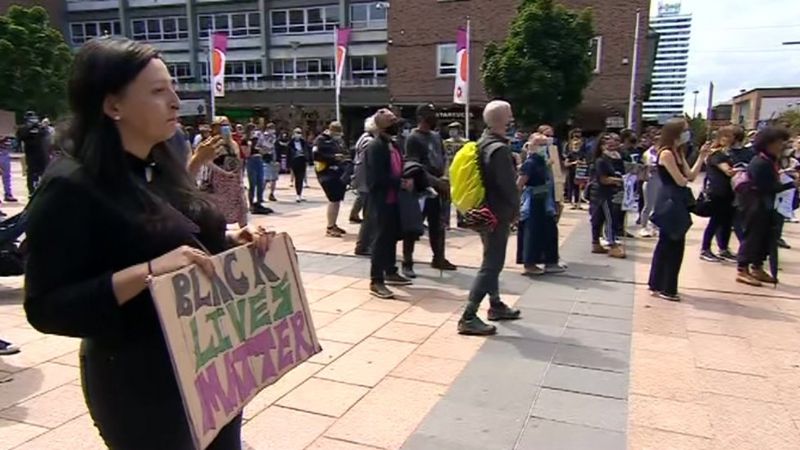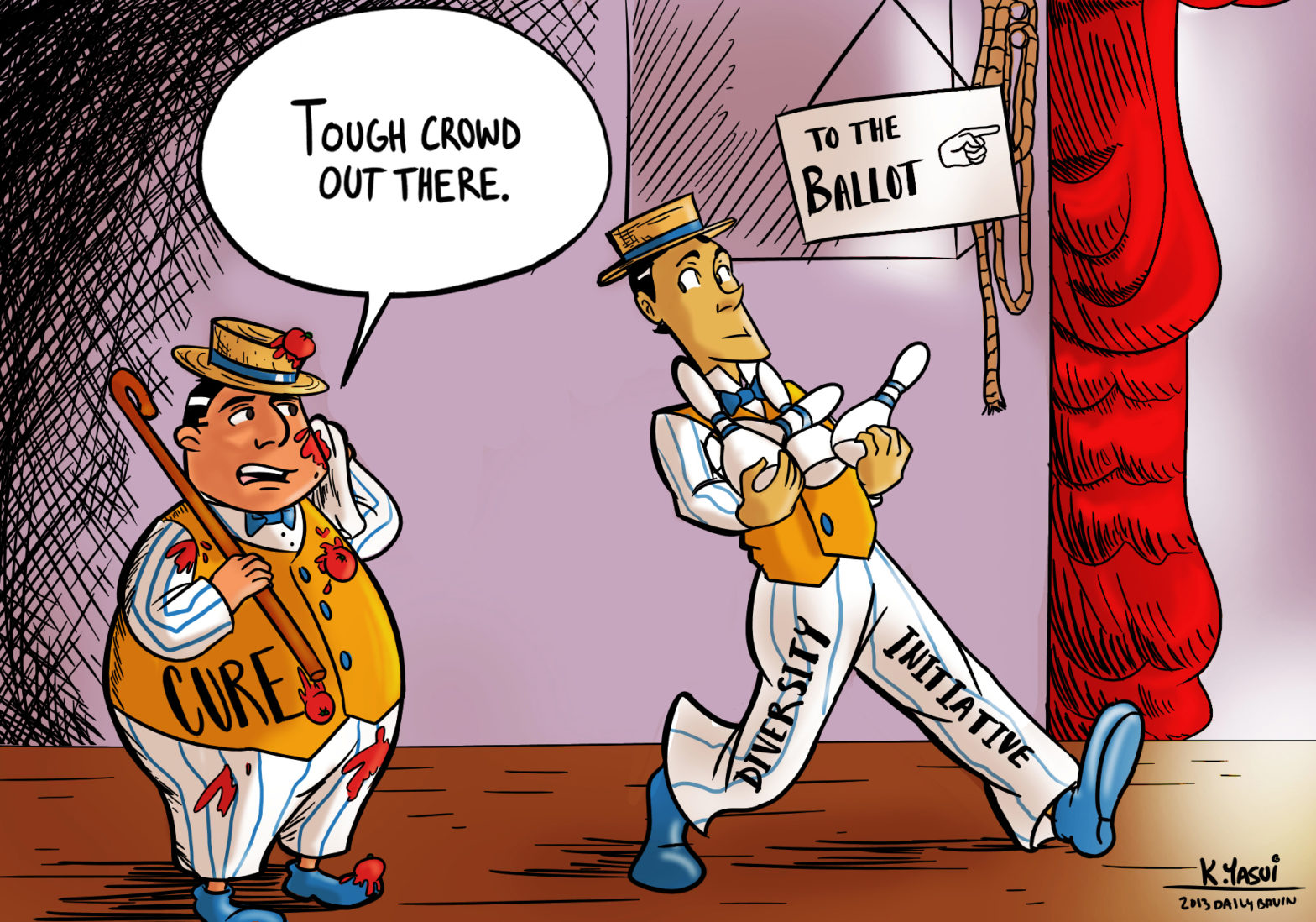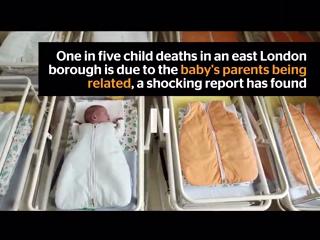Even the most innocent verbal exchange can become a minefield. Guidance from the University of California, Berkeley, has decreed that asking ‘where are you from?’ or ‘where were you born?’ could be racist micro-aggression — because the phrases are ‘a covert way to say you don’t belong here’. https://vk.com/video677203037_456239517
Tag: Inclusion
Problems with Diversity Part 102
A lecturer at Harvard Law School was urged by a student not to use the word ‘violate’ as in the phrase ‘does this conduct violate the law?’ — as it might trigger traumatic fears about rape. It was even suggested that rape law should not be taught to protect students from ‘distress’. What? Law students… Continue reading Problems with Diversity Part 102
Problems with Diversity Part 100
In an attempt to appease the transgender lobby, some police forces are scrapping traditional men’s and women’s uniforms. In response to its ‘Gender Identity Working Group’, Dyfed Powys constabulary in Wales switched to ‘gender-neutral’ outfits, including a unisex hat and neckwear. ‘We have learnt there may have been times when practices and procedures have adversely… Continue reading Problems with Diversity Part 100
Problems with Diversity Part 99
The Cancel Culture Brigade use the term ‘twerking’. The provocative, rump-grinding dance style which singer Miley Cyrus has been accused of culturally appropriating from black musicians. Lily Allen, too, has been criticised for using black women dancers twerking in a pop video — ironic, as she sees herself as a cheerleader for right-on behaviour. https://vk.com/video677203037_456239428
Problems with Diversity Part 98
Universities now widely use ‘trigger warnings’ to advise students that something may cause them distress. This kind of alarmism even extends to classic literature such as F. Scott Fitzgerald’s novel The Great Gatsby, which is said to feature ‘gory, abusive and misogynistic violence’. Virginia Woolf’s Mrs Dalloway needs to be treated with caution because of… Continue reading Problems with Diversity Part 98
Problems with Diversity Part 97
The Students’ Union at the University of East Anglia in Norwich banned a local Mexican-themed restaurant (Pedro’s Tex Mex Cantina) from handing out sombreros to students in 2015 as part of a marketing drive. Union officials claimed the hats breached a policy forbidding stall-holders from handing out materials including ‘discriminatory or stereotypical imagery’. https://vk.com/video677203037_456239348
Problems with Diversity Part 96
Jenni Murray, presenter of Radio 4’s Woman’s Hour, upset transgender lobbyists when she said men who had undergone sex-change operations could not claim to be ‘real women’ since they did not have ‘the experience of growing up female’. https://vk.com/video677203037_456239338
Problems with Diversity Part 95
Sussex University Students’ Union warned members against using the pronouns ‘he’ and ‘she’ to avoid assumptions about identity. ‘They’ and ‘Them’ are said to be the correct, gender-neutral terms. What the hell is going on? https://vk.com/video677203037_456239079
Problems with Diversity Part 94
Last year, a senior professor at a college at Yale University had to resign after he and his wife were accused of downplaying concerns over ‘inappropriate’ Halloween costumes. He was accused of ‘creating space for violence’ and of trivialising students’ concerns because he suggested people could turn away if they felt offended by students in… Continue reading Problems with Diversity Part 94
Problems with Diversity Part 93
The word ‘Illegal’ is apparently a pejorative word and therefore unacceptable when applied to migrants — even to describe those who have, indeed, entered a country illegally. One set of guidelines in the U.S. states: ‘Actions are illegal, people are not . . . The word ‘illegal’ has been applied and abused by those advocating… Continue reading Problems with Diversity Part 93



